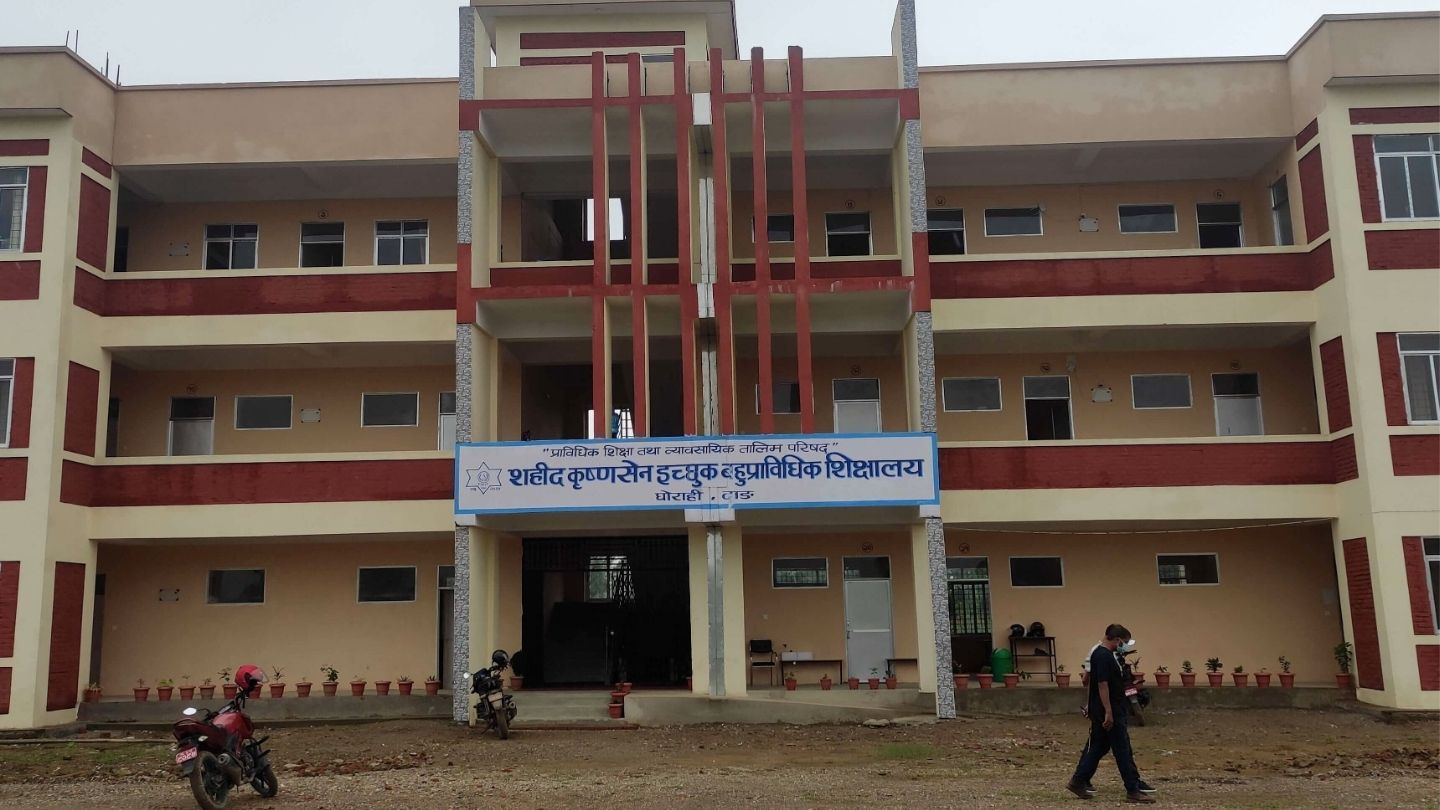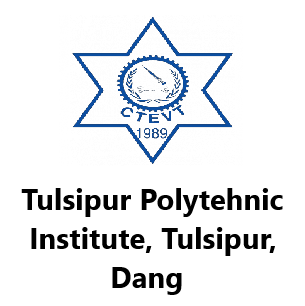Overview
Diploma in Forestry at Shahid Krishnasen Ichchhuk Polytechnic Institute
If you’re a science student who enjoys outdoor work and resource stewardship, the CTEVT Diploma in Forestry at SKIPI, Dang offers a clear pathway to field-based roles in Nepal’s forest sector.
This course at Shahid Krishnasen Ichchhuk Polytechnic Institute (SKIPI) follows the CTEVT curriculum, focuses on practical learning, and serves learners aiming for assistant-level jobs in community forestry, government line agencies, and private firms.

Overview
SKIPI runs the three-year Diploma in Forestry as a CTEVT constituent institute. Teaching takes place in Ghorahi-17 (Gairagaun), a location with access to hill and Inner Terai ecosystems that support fieldwork. The program prepares graduates for technical responsibilities under Nepal’s forestry and natural resource management systems.
Highlights
-
Three academic years with semester/annual assessments as per CTEVT.
-
Field practicals in nursery work, plantation establishment, forest mensuration, silviculture, and biodiversity basics.
-
Exposure to community forestry processes, record keeping, and basic GIS concepts.
-
Seat capacity: 40.
Curriculum Details
Here’s what you’ll study over three years.
-
Foundations: botany for foresters, forest ecology, dendrology, soil and water conservation, forest mathematics.
-
Measurement and Management: forest inventory, mensuration, silvicultural systems, forest management planning, yield regulation.
-
Protection and Utilization: forest protection, fire control, harvesting, timber grading, non-timber forest products.
-
Community and Governance: community forestry processes, cooperative models, legal and policy basics relevant to field technicians.
-
ICT and Mapping: introduction to GIS/GPS use for maps and data collection.
-
Work Practice: on-site practicals, study tours, and an internship/practicum near course end.
Objectives
-
Prepare mid-level forestry technicians who can support community forests and public plantations.
-
Build competence in field measurements, nursery operations, and data reporting.
-
Promote responsible use of forest resources with safety and ethical standards.
Scope
Graduates support offices under provincial/municipal structures, community forest user groups, forest-based industries, and NGOs working in restoration and watershed programs. Many students continue into bachelor’s level forestry after meeting university criteria.
Learning Outcomes
Students learn to:
-
Identify tree species, measure stands, and prepare simple maps.
-
Plan and supervise nursery and plantation activities.
-
Maintain records, prepare field reports, and support management plans.
-
Apply safety procedures during harvesting and fire control.
Skill Development Modules
-
Species identification, nursery and grafting methods.
-
Survey tools, GPS use, basic GIS workflows.
-
Forest inventory sheets, tallying, and data summaries.
-
Community facilitation for user groups.
Teaching Methodology
SKIPI blends classroom instruction with labs and scheduled field visits. Visiting practitioners share site cases from community and government settings. Assessment follows CTEVT’s internal evaluation and final board examinations.
Admission Requirements
-
Eligibility and entrance as per CTEVT notices for diploma level.
-
Merit-based selection with reservation provisions for Dalit, Janajati, women, and disadvantaged groups.
-
Document verification during enrollment.
Worried about the entrance exam? Focus on science fundamentals and past model questions published by CTEVT.
Career Opportunities
-
Forest Technician/Assistant in public offices and community forestry.
-
Nursery supervisor, plantation supervisor, and inventory assistant.
-
Field roles in restoration projects and wood-based enterprises.
Scholarships and Financial Aid
Students may access national scholarship and reservation seats under CTEVT rules. Category-wise quotas apply as per the sanctioned intake.
Why Choose This Course?
This pathway suits learners who prefer field duty, mapping, and community interaction. The SKIPI location supports practical exposure across nearby landscapes.
Conclusion
The CTEVT Diploma in Forestry at SKIPI offers a grounded route into Nepal’s forest workforce with structured field practice and clear technician-level outcomes. Applicants should follow the current CTEVT/SKIPI admission notice for dates, fees, and required documents.



















